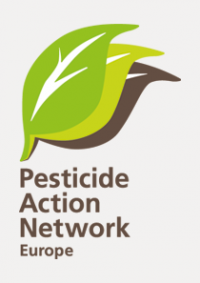Dear Minister,
In view of the agenda of the EU Agriculture and Fisheries Council on 25th of July 2023, we would like to share our views regarding both the need for constructive progress on the Sustainable use of Pesticides Regulation (SUR) and the need to stand firmly behind the core provisions of the Commission SUR proposal.
On 5th of July 2023 the Commission published a study complementing the impact assessment of the SUR proposal, as requested by the Council. The study confirms that a well-managed transition to decreased pesticide dependency won’t entail negative effects for food availability. The transition period until 2030 provides time for implementation and a well-guided transition. On the contrary, the study as well as the scientific community underline that the climate and biodiversity crises, soil and landscape degradation and the associated loss of ecosystem services represent serious risks for food security. Europe is and has been facing extreme weather events, leading to substantial drops in yields, with ministers asking financial support for impacted farmers. Periods of water shortage are alternating with periods of severe flooding, with far-reaching consequences for agriculture and livelihoods. At the same time, there is a wide scientific consensus that pollinators are essential to food security and are severely affected by pesticide use. Natural pest control is responsible for at least 50% of pest control in crop fields, and fully depends on a rich and resilient biodiversity. More than 60% of EU soils are classified as unhealthy, mainly due to soil pollution and loss of soil biodiversity.
